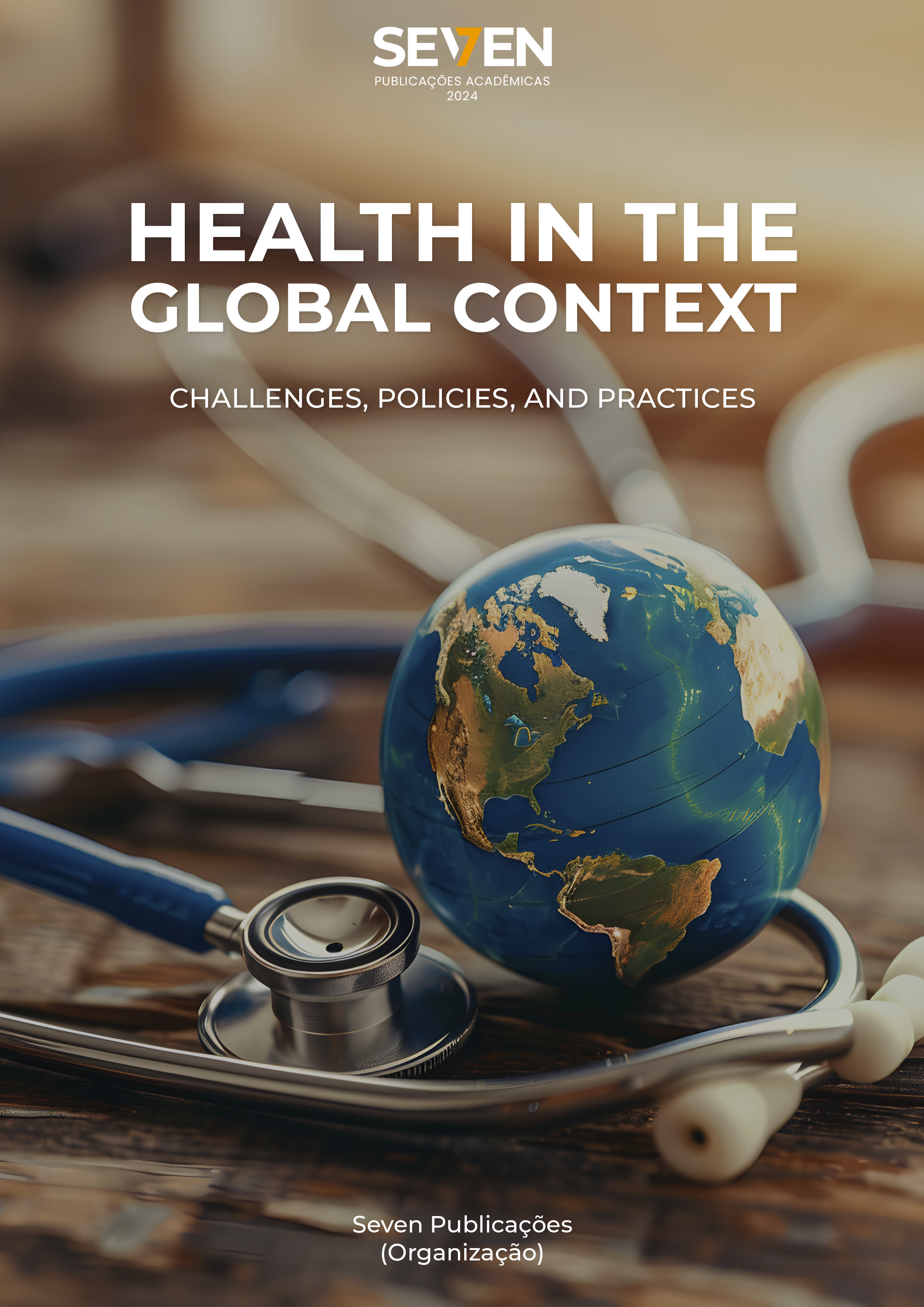A IMPORTÂNCIA DA VITAMINA A DURANTE O INÍCIO DA VIDA E O IMPACTO NA MORTALIDADE INFANTIL
Palabras clave:
Vitamin A deficiency, Infant mortality, Child healthResumen
A Taxa de Mortalidade de Menores de Cinco Anos (TMM5) mede o número de óbitos por mil nascidos vivos nessa faixa etária, refletindo aspectos como desnutrição e qualidade da atenção à saúde materno-infantil. Apesar de esforços globais, a TMM5 ainda é alta em países em desenvolvimento, e projeta-se cerca de 48,1 milhões de mortes nessa população até 2030. No Brasil, a TMM5 apresenta uma situação preocupante devido à sua redução mais lenta nos últimos anos, com ocorrência elevada de mortes por doenças preveníveis. A vitamina A (VA) é essencial para o sistema imunológico, desenvolvimento celular e manutenção do organismo. A deficiência de vitamina A (DVA) afeta principalmente gestantes, recém-nascidos e crianças menores de cinco anos, podendo causar cegueira, infecções e malformações congênitas. Globalmente, milhões de crianças e gestantes sofrem com a DVA, que impacta negativamente o crescimento e a sobrevivência infantil. No Brasil, a prevalência de DVA é significativa, com 10 a 20% das crianças em risco, sendo uma questão de saúde pública moderada a grave. São realizadas medidas de combate em nível governamental como promoção do aleitamento materno, suplementação e enriquecimento de alimentos. No entanto, poucos estudos relatam o impacto do consumo de alimentos enriquecidos no país, há controvérsias quanto à eficácia da suplementação à longo prazo, especialmente após o parto e o aleitamento materno permanece insuficiente, fatores que contribuem para a permanência da DVA. É essencial melhorar o sistema de assistência materno-infantil no Brasil para reduzir a morbidade e mortalidade infantil, especialmente nas populações mais vulneráveis. A adequação da VA, tanto para a mãe quanto para o bebê, é fundamental para garantir a saúde durante os primeiros anos de vida.
Descargas
Publicado
Número
Sección
Licencia
Derechos de autor 2024 Andressa Soares, Adryana Cordeiro, Andrea Ramalho

Esta obra está bajo una licencia internacional Creative Commons Atribución-NoComercial 4.0.





